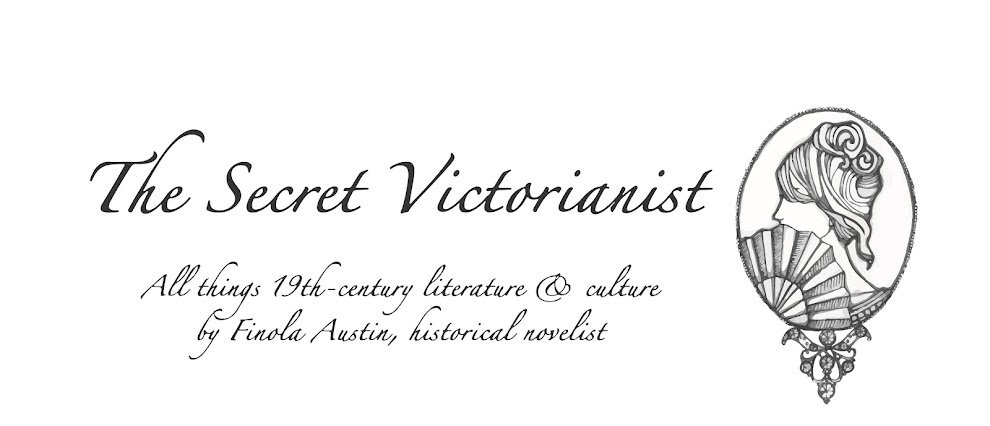I’ve reviewed 32 books so far as
part of my Neo-Victorian Voices series, dedicated to novels set in the
nineteenth, but written in the twenty-first, century. But Amy Brill’s The Movement of Stars (2013) was a
breath of fresh air as it dealt with a setting and community I hadn’t read
about before.
 |
| The Movement of Stars, Amy Brill (2013) |
Brill’s novel is the tale of
Hannah Gardner Price, a fictional Quaker ‘lady astronomer’ in mid-1800s
Nantucket. When we meet her, Hannah is as dedicated to sweeping the stars in
search of a new comet as she is to the Discipline demanded by her religion. She
works in the town library, misses her twin brother, who has joined the scores
of local men on offshore whaling expeditions, struggles to keep up with the
domestic chores in the home she shares with her father and judges the young
women in her community who don’t have a scientific or intellectual calling as
she does.
There are powerful, gravitational,
and even fatalistic forces at work though when Hannah crosses paths with Isaac
Martin, the second mate on a docked whaling ship. Originally from the Azores,
Isaac is looking to elevate his station by learning navigation. But he’s black
and so Hannah faces censure from her community when she takes him on as a pupil
and the two grow closer.
Hannah is a well-realised
protagonist, Brill’s prose is beautiful and her subject matter fascinating.
Nantucket came alive in the pages of her novel, being at once idiosyncratic for
its natural features, Quaker heritage and role in the whale oil industry and a
microcosm of the huge social, scientific and technological advances occurring
nationally and internationally in the mid-nineteenth century. While the
astronomical explanations eluded me at times, I found myself racing to the end,
partly to find out what would happen to the characters, and partly to read the
Author’s Note and discover what plotlines had a basis in reality.
 |
| Amy Brill |
No serious spoilers here, but,
while Brill’s romance plot is fictitious, Hannah is modelled on a real
Nantucketian astronomer, Maria Mitchell. It delighted me to find that a life
like Hannah’s for a woman scientist in the period wasn’t implausible, even if
it was improbable.
Overall, The Movement of Stars was human, compelling and well written. It’s
not flawless—Hannah, Isaac and Mary Coffey are certainly the most believable
characters, with the wider cast not getting the same level of development, and
it will be hard to please everyone with the ending. But it achieves one of the
main goals of historical fiction, transporting readers through time and space.
Which novel would you like the
Secret Victorianist to review next as part of my Neo-Victorian Voices series?
Let me know—here, on Facebook or by tweeting @SVictorianist.



